Diam: 6.29 in / Hight: 1.37 in.
Amalric Walter raised the art of pâte de verre to the highest level and contributed to the worldwide renown of the École de Nancy. He was a designer, successively mastering the idea, the drawing, the modelling, the harmony of colours and the finishing touches. No other glassmaker from the École de Nancy mastered the entire process, from creation to finished object, like he did.
After training at the Manufacture de Sèvres, he joined the famous Daum crystal works in Nancy in 1903 and passed on his knowledge of pâte de verre. During the 10 years he worked there, he created around a hundred pieces in very brightly coloured pâte de verre. He worked with great freedom in the factory. He had his own staff and his own workshop, and took no interest in the other Daum glassmakers. However, it would seem that despite some successes, Almaric Walter's pâte de verre process did not meet his employer's expectations. In fact, it took almost 6 years to see the first creations. After the 1914-1918 war, he set up his own business at 31 rue Eugène Ferry in Nancy. He was awarded the Diplôme d'Honneur at the 1900 Universal Exhibition, and the gold medal at the 1909 Nancy and 1910 Brussels Exhibitions.
Pâte de Verre technique: This technique for making small objects in solid glass and in the round has been known since ancient times. The glass paste is cold-moulded and then vitrified by firing. To do this, groisil (leftover crushed glass or glass pellets) is placed in a fireproof clay mould and then fired in an oven. The heat melts the crushed glass into the desired shape of the mould. After cooling, metal oxides in powder form can be inserted into the mould to create a coloured effect. A second firing is then required to melt the glass and colour together. Once the whole has cooled, the mould is gently broken to release the object.
LINK TO OUR WEBSITE






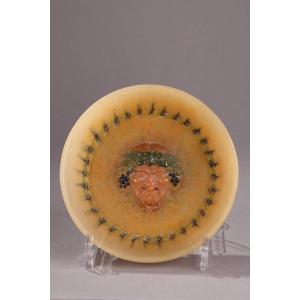






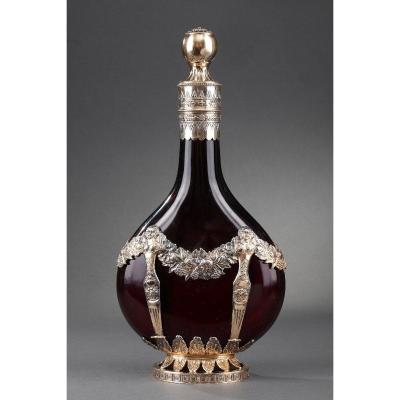

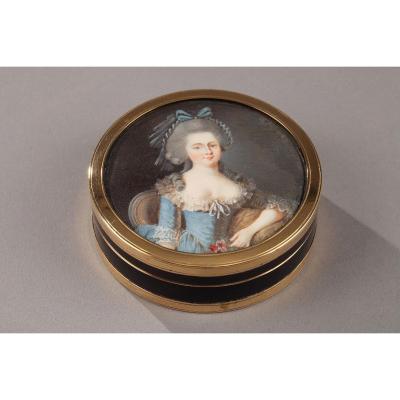

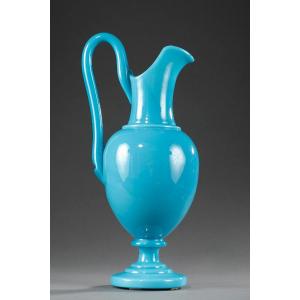
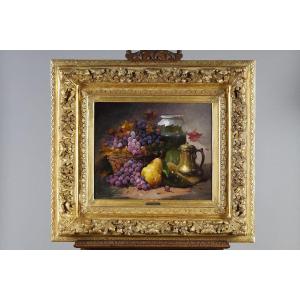
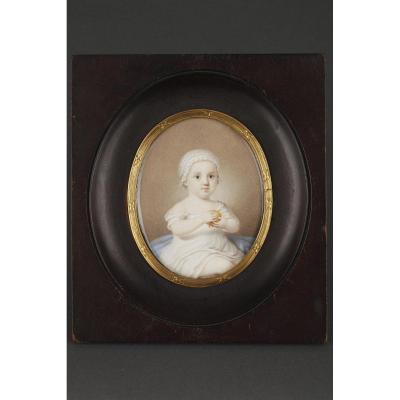



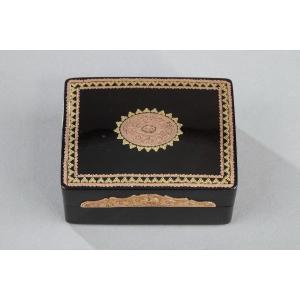
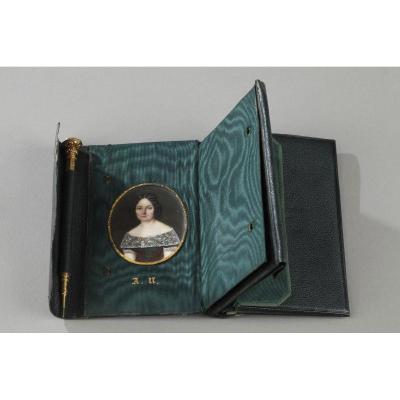
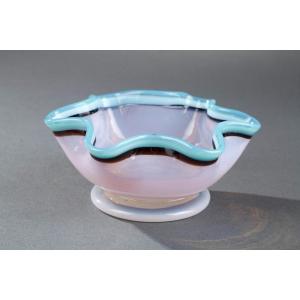

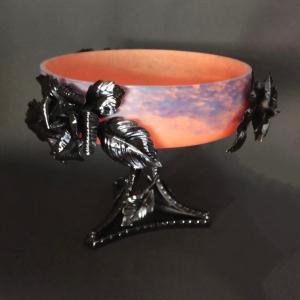
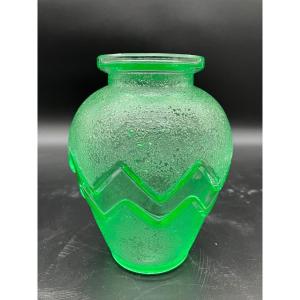
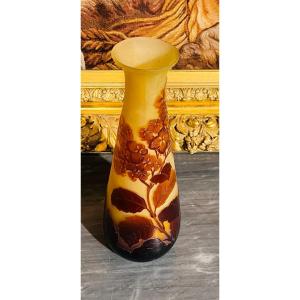




 Le Magazine de PROANTIC
Le Magazine de PROANTIC TRÉSORS Magazine
TRÉSORS Magazine Rivista Artiquariato
Rivista Artiquariato